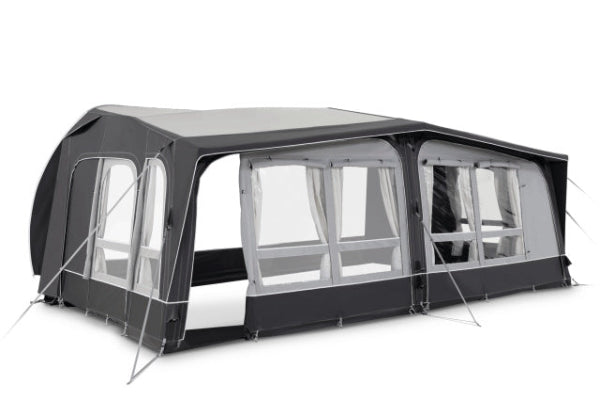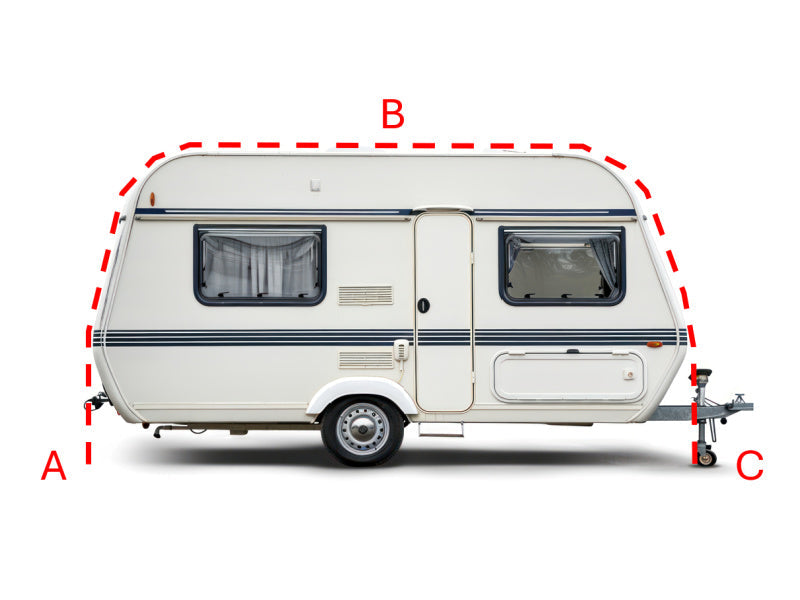Transporting a Shepherd's Hut: Tips and Tricks
Moving Shepherd’s Huts isn’t just “grab and go” — unless you’ve got a tractor, nerves of steel, and zero low-hanging branches. Short answer? Prep the wheels, strap it tight, and tow with care. Want the full scoop (minus disasters)? Stick around for pro tips, checklists, and a smoother move.
Before You Move: Essential Preparation Steps
How to Secure the Interior and Contents of Your Hut
Start by tying down anything loose inside the hut. This includes furniture, light fixtures, or any item that could shift around during transit.
It's also wise to wrap or pad fragile items and keep them in secure positions. If you're moving glass or ceramic pieces, give them extra protection.
The goal is to prevent internal damage while on the road.

Inspecting the Chassis, Wheels, and Towing Points
Before setting off, check the hut’s chassis for any cracks, rust, or weak points. Inspect the wheels to make sure they’re inflated and in working order.
Pay close attention to the towing connections — these need to be solid and safe.
A quick inspection now can save you a lot of hassle later.
Disconnecting Utilities (Water, Waste, and Electricity)
If your hut is connected to power, water, or waste systems, disconnect all utilities carefully. Make sure any exposed pipes or cables are sealed or capped.
Label anything that might be reconnected later. This avoids confusion once the hut reaches its destination.
Safety first, especially with electrics.
The Critical Importance of a Site Access Survey
Measuring Gateways, Driveways, and Tight Corners
Always measure the access route before the move. That includes gates, driveway widths, and any sharp turns or narrow paths.
It’s surprisingly common for a move to be delayed due to an inch or two of misjudgement.
Better to know in advance than to get stuck halfway through.
Identifying Overhead Obstacles like Trees and Power Lines
Don’t forget to look up. Trees, power lines, and even low-hanging signs can cause problems during transport.
If there's limited headroom, you may need to trim branches or reroute entirely.
These overhead hazards are easy to miss until it’s too late.
Assessing Ground Conditions at Both the Collection and Delivery Locations
Wet or muddy ground can easily trap your vehicle or damage the hut's wheels. Walk the route beforehand and check for soft spots or slopes.
If the site is uneven, make plans for levelling once the hut arrives.
Think ahead to avoid getting bogged down.

Choosing the Right Transport Method
Common Ways to Move a Shepherd's Hut
Towing with a Tractor or 4x4 (Best for On-Site Moves)
For short distances on your own land, a sturdy 4x4 or tractor usually does the trick. Make sure the towing vehicle has the right power and grip.
This method is quick and flexible — just be mindful of ground conditions.
It’s the go-to option for repositioning huts around a property.
Using a Flatbed Lorry for Road Transport
If you’re transporting the hut over public roads, a flatbed lorry is your best bet. The hut can be driven or lifted onto the lorry and strapped down securely.
It's safer and more road-friendly than towing it directly. This is essential for longer moves or deliveries to customers.
When is a Crane or HIAB Necessary for Lifting?
Tight access or elevated sites may require a crane or HIAB to lift the hut into position. This is more costly but often unavoidable in urban areas or hilly terrain.
If there's no clear path, lifting might be the only option. It ensures the hut stays intact while overcoming obstacles.
Hiring a Professional Transport Company
What to Look For in a Shepherd's Hut Mover
Choose a company with experience specifically in shepherd’s hut relocation. These movers understand the structure, balance, and quirks of moving such buildings.
Ask about their equipment, insurance, and reviews from other hut owners.
Peace of mind comes from knowing you're in capable hands.
Factors That Influence the Cost of Transport
The total cost will depend on the hut's size, the route, and whether any lifting gear is needed. Complexity of access, road conditions, and permits may also affect the price.
Extra services like levelling or utility reconnection may add to the bill.
It's best to get a breakdown in writing.
How to Get an Accurate Quote for Your Move
To avoid surprises, send over detailed info when requesting a quote. Include photos, hut dimensions, collection and delivery addresses, and any tricky access points.
This helps movers plan ahead and give a fair, accurate estimate.
The more they know, the smoother it’ll go.

The Day of the Move: What to Expect
From Loading to Final Placement
The Process of Loading the Hut onto a Lorry
Loading usually involves ramps or lifting equipment. The hut should be balanced, aligned, and tied down tightly to avoid shifting during transit.
Double-check that all straps are secure before departure.
A well-loaded hut is a safer one.
Maneuvering the Hut into its Final Position
Once it arrives, the hut may need to be reversed, towed, or craned into place. This step is often the trickiest, especially in small gardens or narrow plots.
Use guides or spotters to help steer and adjust.
Patience makes perfect positioning.
Levelling the Hut and Final Checks
After positioning, use supports or blocks to level the hut. Then do a full walkaround and interior check.
Look for signs of damage and make sure nothing shifted inside.
Reconnect utilities if needed — and enjoy your hut in its new home.
Other content you might like:
- What Is A Shepherds Hut
- Where To Buy A Shepherds Hut
- Do You Pay Council Tax On A Shepherds Hut
- Is A Shepherds Hut A Good Investment
- How To Sell A Shepherds Hut
- Are Shepherds Huts Mobile
- Are Shepherds Huts Warm
- How Long Do Shepherds Huts Last
- How To Roof Shepherds Hut
- How Much To Rent A Shepherds Hut





Leave a comment